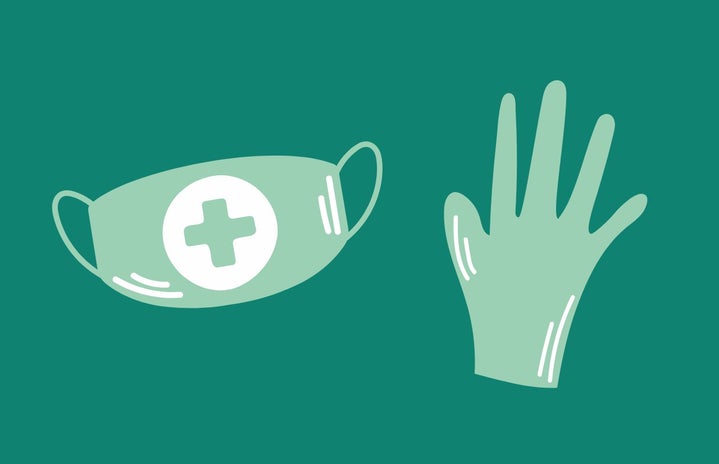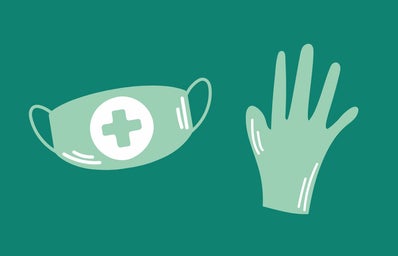The idea is simple: slow the spread of the virus so our healthcare system does not surpass maximum capacity. But what does healthcare capacity mean?
In a recent executive order, Gov. Doug Ducey issued a “Stay Home, Stay Connected, Stay Healthy” policy in which Arizonans are encouraged to stay home other than for essential activities (i.e. grocery shopping, exercise). In summary, this is an informal stay-at-home order with no legal ramifications if broken. This order, along with other interventions such as social distancing, have been enacted in an effort to slow the spread of COVID-19. In a worst-case scenario, Arizona’s surge in cases will be too much for the local healthcare systems to handle, resulting in people dying from improper or inadequate care.
Healthcare capacity is the relative amount of space, supplies, and staff. Space refers not only to physical square footage, but the availability of hospital beds. Supply has shown some recent focus on one main resource: ventilators. These machines are used for critically ill patients who have trouble breathing. Ventilators provide more oxygen to the lungs than a patient would regularly be able to inhale. Without a ventilator, a patient who may have otherwise been able to survive the virus can die. Finally, the amount of appropriately trained staff is proportional to the amount of healthcare that can be delivered. These include physicians, nurses, advanced practice providers, respiratory therapists, even patient transporters. Every cog in the wheel is necessary to turn sick patients into healthy survivors.
It is estimated that between 40% and 70% of the United States’ population will be infected with COVID-19 by the end of this pandemic. Of those cases, 70% to 80% of patients will recover at home. Unfortunately, >20% of patients will require hospitalization, and up to 11% will require critical care. Applied to the population of the Phoenix metropolitan area, this means that anywhere between 208,000 and 365,000 people will require intensive care.
Arizona has an inadequate healthcare capacity. The U.S. averages 2.4 hospital beds per 1,000 people, whereas there are only 1.9 beds per 1,000 people in Arizona. With all licensed inpatient hospital beds combined, Arizona has 16,000 “available” spaces. In an emergency, the licensure process can be adjusted to allow use of other beds such as those in outpatient clinics and ambulatory surgery centers. According to a 2010 Cambridge study, there are only 160,000 ventilators in the entirety of the U.S. While new machines are being produced, and current machines are split between multiple patients, this may not be enough when the surge hits.
Arizona is also low on healthcare providers. The state averages 242 physicians every 100,000 people, ranking Arizona No. 32 in the country. Like the hospital beds, the Arizona Department of Health Services will be evaluating providers on a case-by-case basis to determine if any adjustments in the licensure process can be made to increase personnel.

The numbers seem intimidating, but a low healthcare capacity is not a death sentence for the state of Arizona. As protocols are changed and funds are allocated, this capacity will increase. It is our job as members of the general public to keep the spread of the virus low. Low infection rates allow for hospitals to have higher space and supply turnover, allowing beds and ventilators to become available for those in need. Protective measures, although they may seem burdensome now, will save the lives of thousands.


